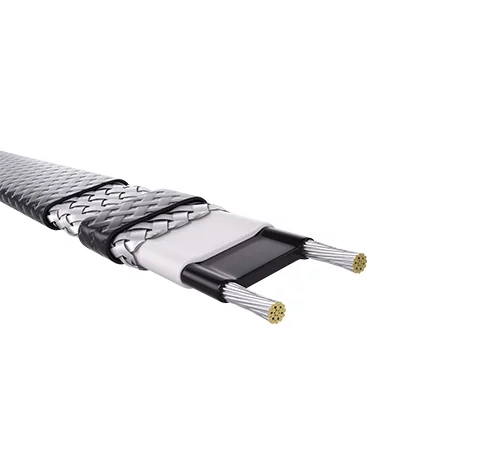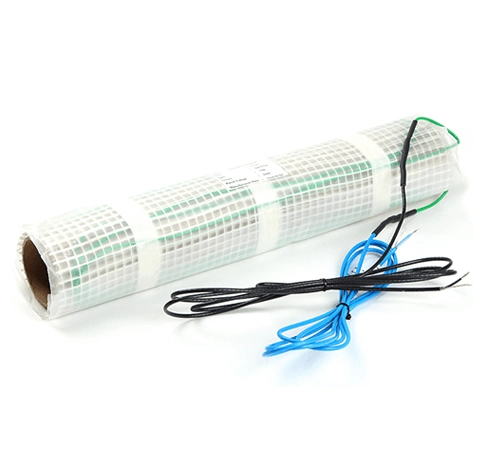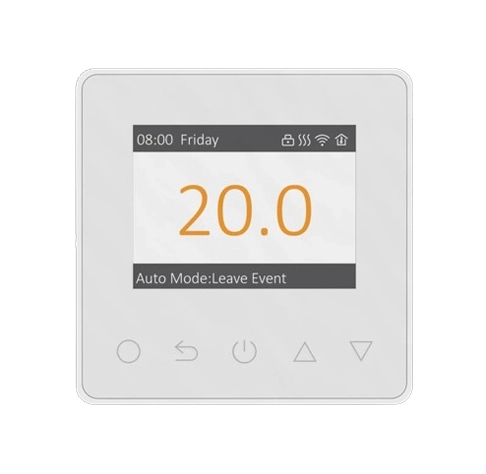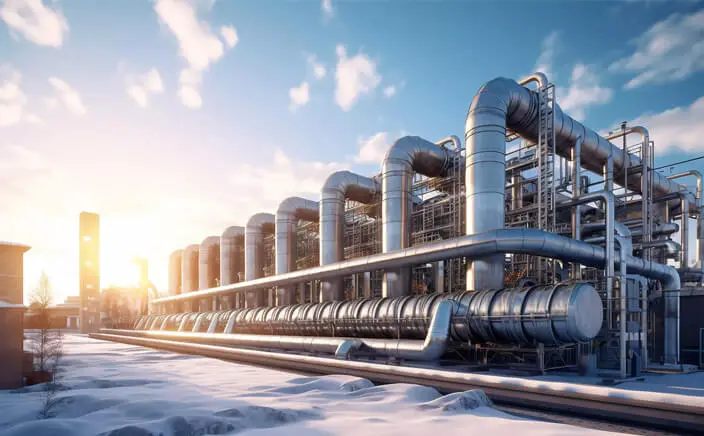Industrial heat tracing is a system designed to maintain or elevate the temperature of pipes, vessels, and equipment in industrial environments. It ensures optimal operational conditions and safety by preventing issues such as freezing, viscosity loss, condensation, and process interruptions. Here's a detailed breakdown:
Methods of Heat Tracing:
1. Electric Heat Tracing:
Self-Regulating Cables: Adjust heat output based on temperature, preventing overheating and offering energy efficiency.
Constant Wattage Cables: Provide uniform heat along their length, suitable for long pipelines.
Mineral-Insulated (MI) Cables: Robust, high-temperature resistant cables ideal for harsh environments.
2. Steam Heat Tracing:
Uses steam tubes running parallel to pipes, transferring heat through conduction. Often employed in facilities with existing steam infrastructure.
Key Applications:Freeze Protection:Prevents fluid solidification in cold climates (e.g., water pipes, fire suppression systems).
Process Temperature Maintenance: Ensures fluids remain at desired viscosities for flow (e.g., crude oil in pipelines, chemicals in processing).
Condensation Prevention: Avoids moisture buildup in instrumentation or gas lines, reducing corrosion risks.
Safety Compliance:Mitigates hazards in explosive atmospheres with intrinsically safe designs.
Control Systems:
Thermostats/Sensors:Automatically regulate temperature.
Advanced Controllers:Enable remote monitoring and integration with industrial automation systems.
Industry-Specific Uses:
Oil & Gas: Maintains flow in pipelines and tanks.
Chemical Processing:Ensures reactive substances remain stable.
Food/Pharmaceutical: Adheres to strict hygiene and temperature standards.
Water Treatment:Prevents freezing in outdoor systems.
Installation & Maintenance:
Proper insulation is critical to maximize efficiency.
Regular inspections (e.g., thermal imaging) detect faults.
Compliance with safety standards (e.g., explosion-proofing in hazardous areas).
Energy & Environmental Considerations:
Electric systems offer precision and can leverage renewable energy.
Steam systems may require fossil fuels but benefit from existing infrastructure.
Safety:
Hazardous areas require certifications like ATEX or IECEx for electric systems.
Prevents overheating risks through design and controls.
In summary, industrial heat tracing is a versatile solution tailored to diverse industrial needs, balancing efficiency, safety, and reliability through various technologies and strategic implementation.


 EN
EN
 ja
ja  ko
ko  fr
fr  de
de  es
es  it
it  ru
ru  pt
pt  ar
ar  vi
vi 





